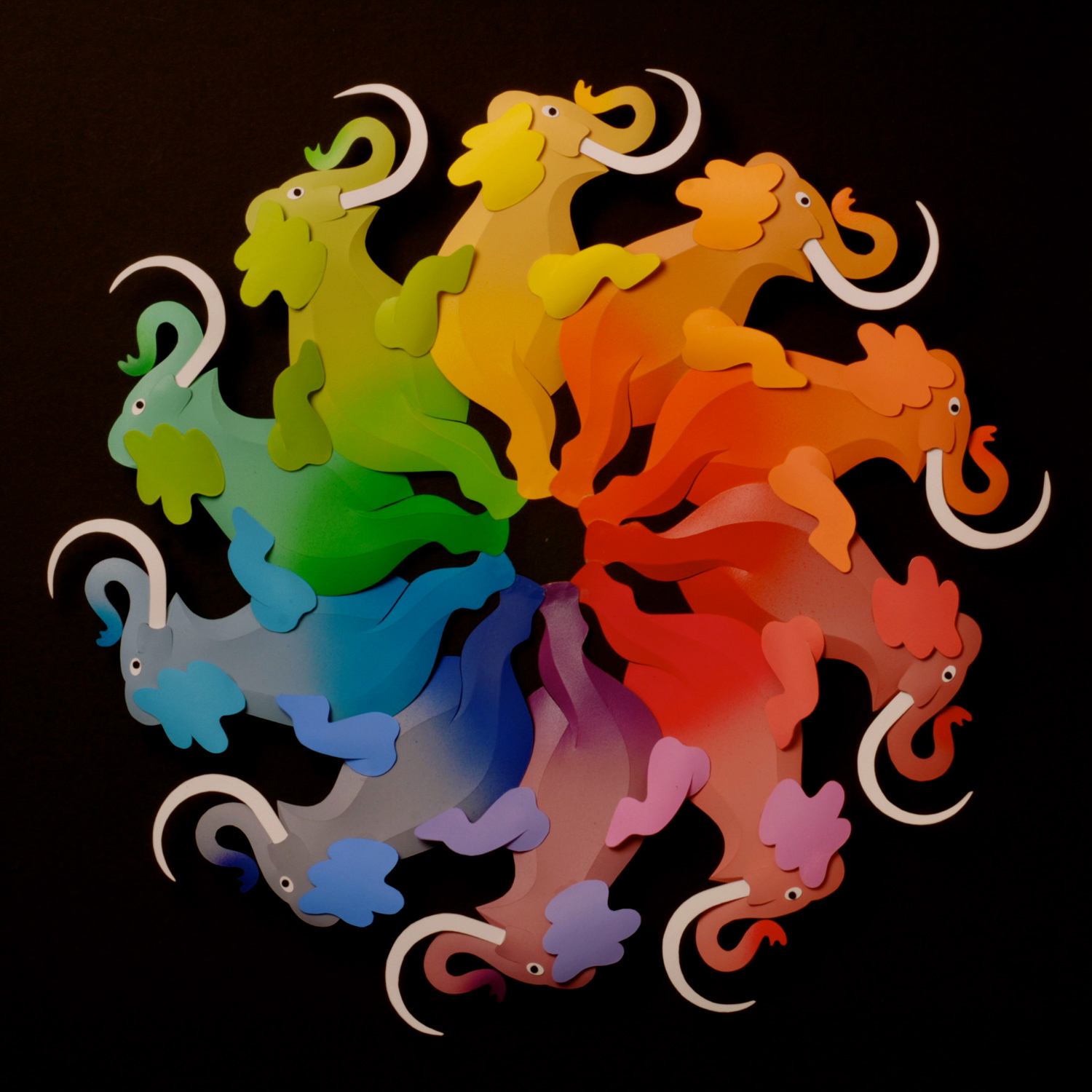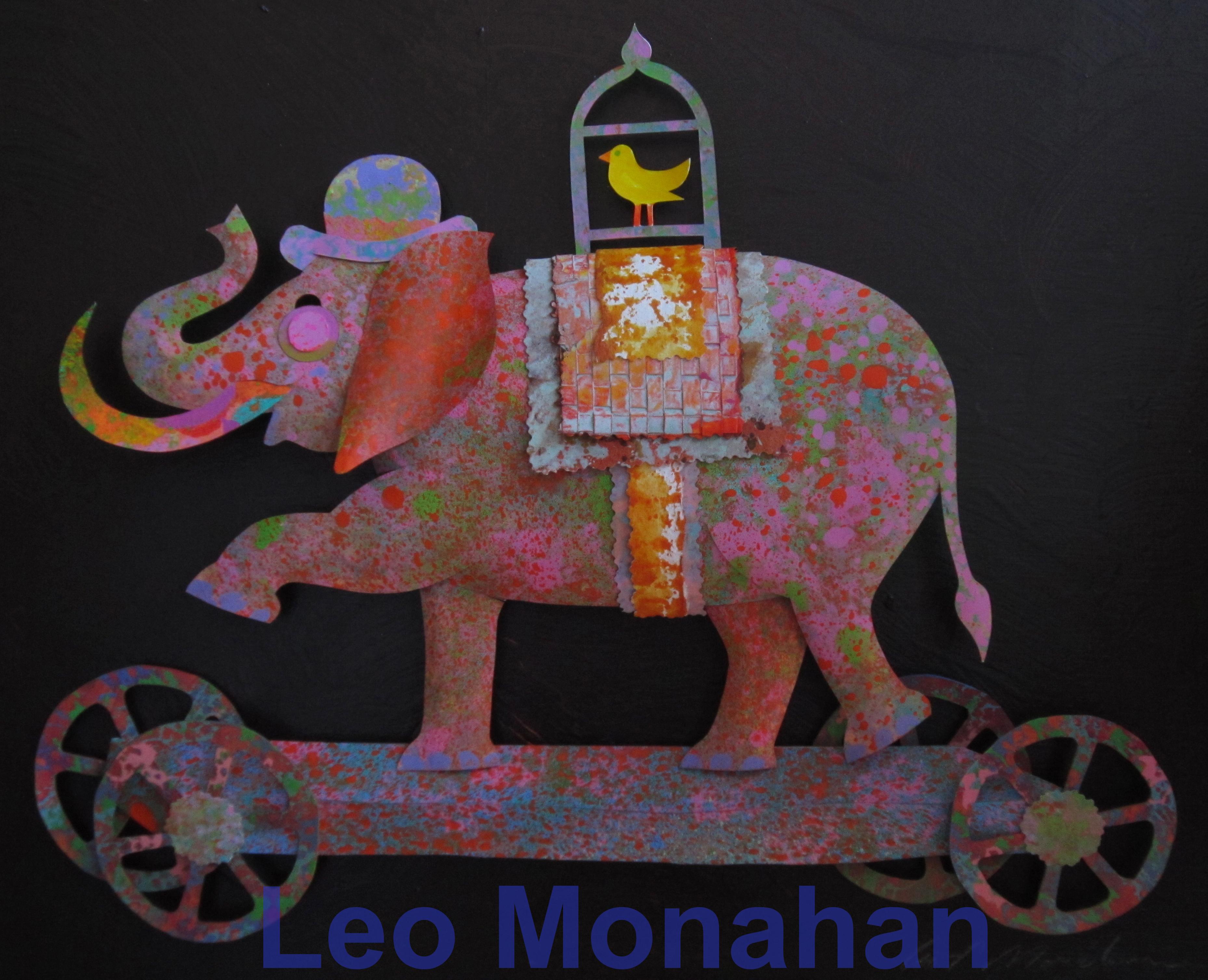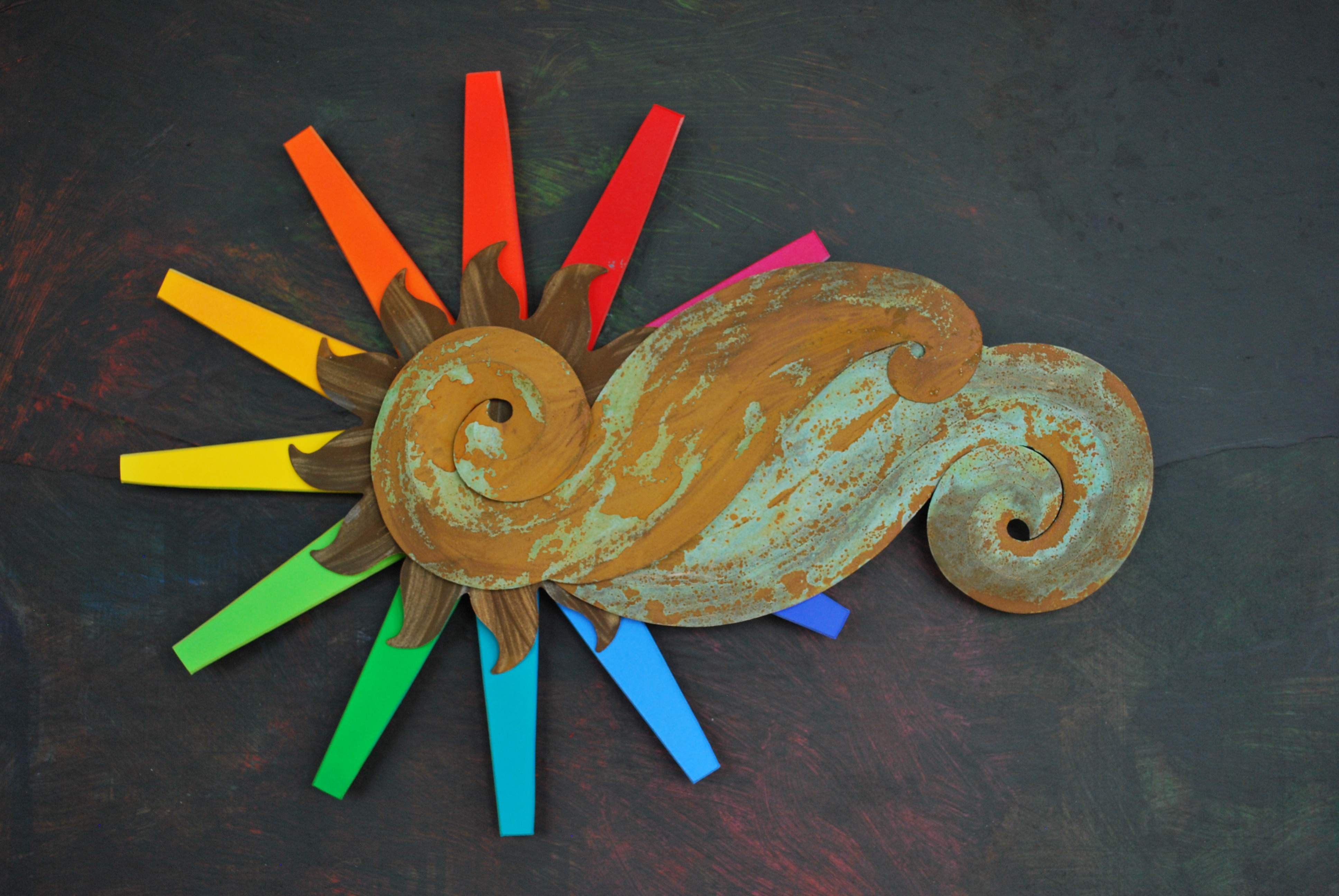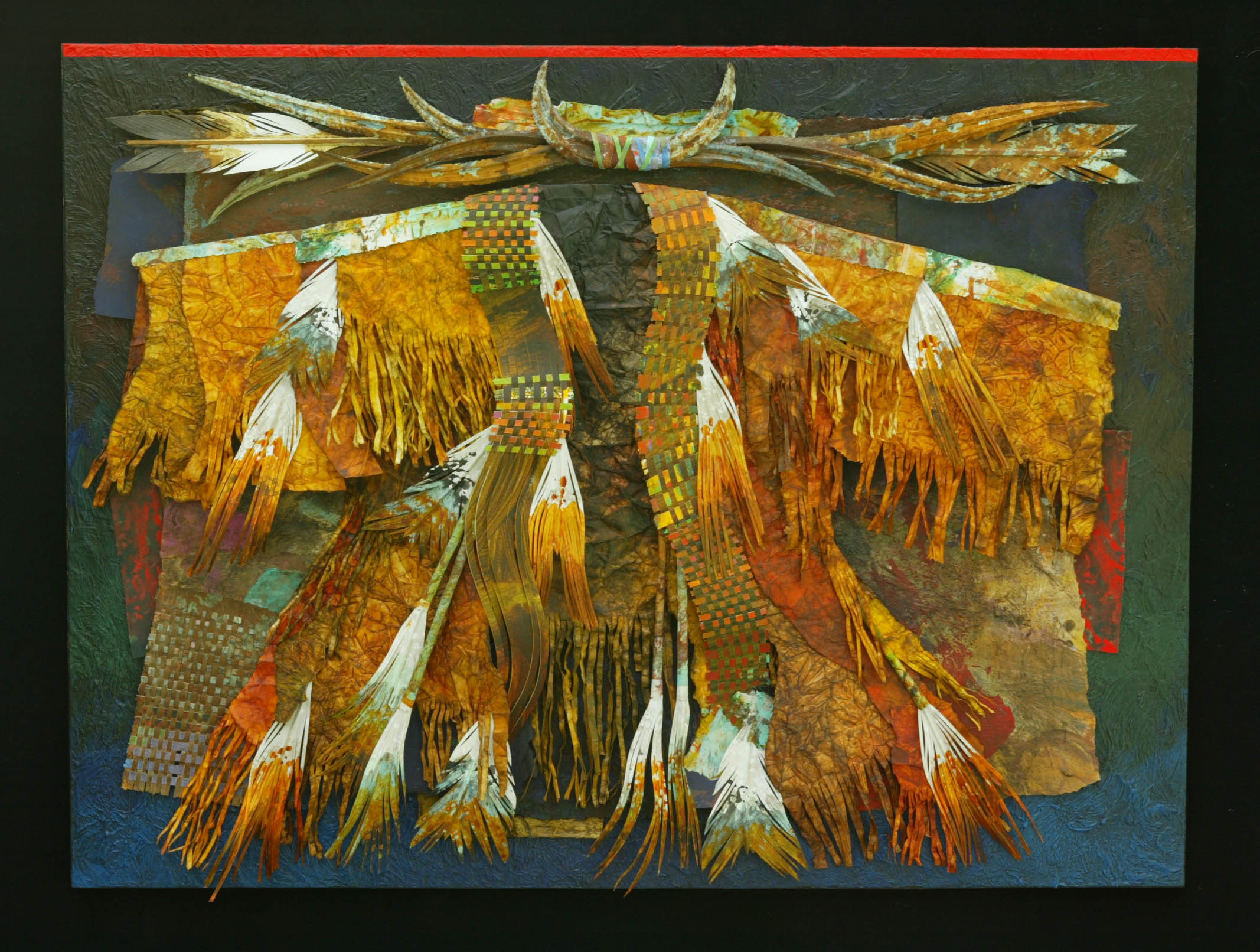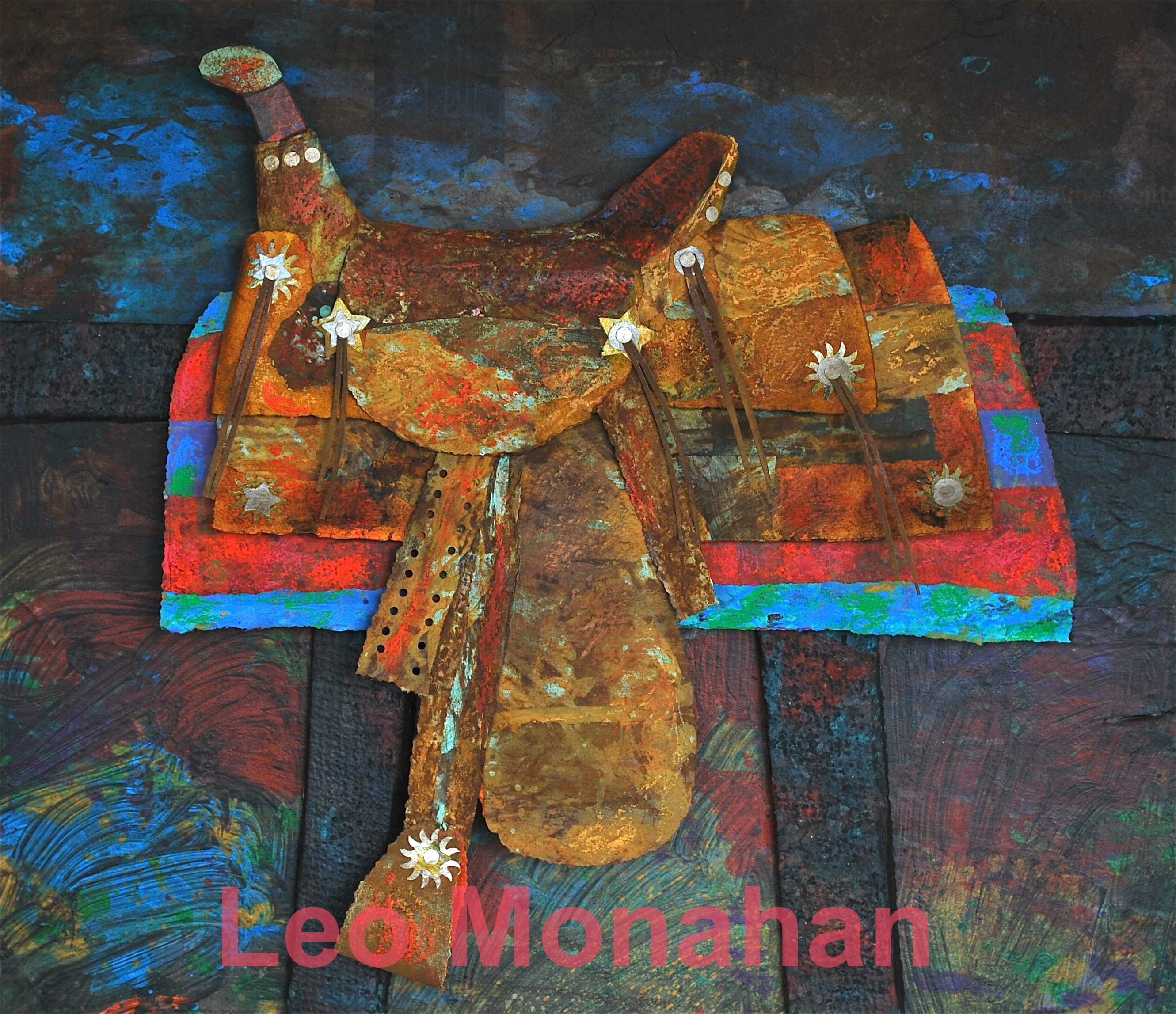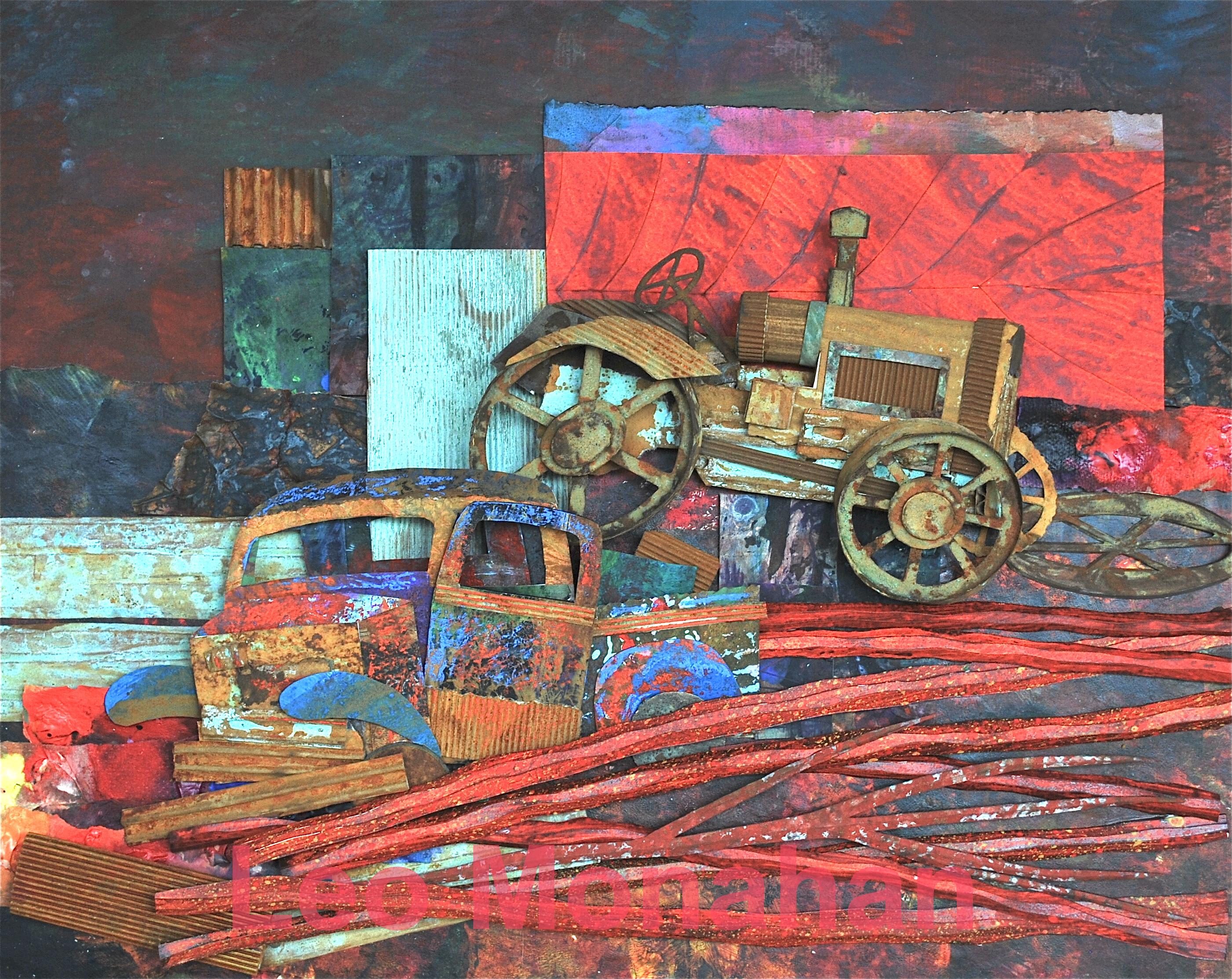Painting a Pachyderm
On a hot, August day in LA, Tom Moody of KNBC, called and asked if I had ever painted an elephant.
“Why, Tom, bless your bones, you can’t hardly skip down Sunset Boulevard without bumping into one of my nicely decorated elephants.”
I’ve painted many a plaid pachyderm and even a heliotrope hippo or two, but rhinos are of a different hue of humor as they have none. I’ll stick with the thick-skinned brutes with big ears if you don’t mind.
Tom said that KNBC had a circus theme for their fall season soiree, circus tent, sideshows, clowns, and an elephant that needed a paint job. The size-large subject of my pachyderm palette would presently be in the parking lot, and he would appreciate it if I would be there with all the technical artist’s stuff, like brushes, paint, and ladder, to give her a creative, LeoTheColorman makeover.
My friend and fellow beast-painting artist, Wall Batterton and I, painted the big sweetheart, but it wasn’t like painting a big, rough surface because bristly hair pushed back at our brushes and she soaked up paint like a sponge. Not two coats with a roller.
She was idly swinging her trunk and pushed me down to my hands and knees. I heard the clump of her feet as I, crab-like, crawled away. She wasn’t mean but a paint job, no ups-no extras, wasn’t on her paint bucket list.
She leaned against the ladder a couple of times, causing us to leap off which put her handler into gales of laughter. The final result was rough but Wall, Topsy, and I, had enough for one shift.
The following photos and text is from the August 1966, TV Guide magazine.
*********************
How To Paint An Elephant.
It looks simple, but there is a technique to be observed.
- Obtain a Pachyderm. This is the most important ingredient of the formula. It should be live, be female, 8 years old, preferably not frisky, weigh about a ton.
- Buy some paint. All colors, good bright ones. Must be water-based in order that it may be washed off later.
- Get a brush. A good, big, strong, tough brush. Not one of those fancy, small-palette jobs used on the left bank.
- Find a large open space. Remove from area all possessions which you do not wish to be paint splattered.
- Acquire 6 feet of heavy chain.
- Get a sledgehammer.
- Find a large, thick iron bar with a loop on the end, to serve as a stake.
- Stationing yourself in no. 4, use no. 6 to drive no. 7 firmly into ground.
- Chain no. 1 to no. 7.
- Start painting every area in sight on the elephant, being prepared for surprise swipes from her swinging trunk. (Hurts.) Her tail, described by one artist as “a hose wrapped in sandpaper,” is also to be avoided.
Anyway, that’s the 10-step method used in Los Angeles by illustrators Leo Monahan (pictured below) and Wally Batterton for station KNBC, which wanted a brightly colored elephant to introduce its fall season to TV advertisers. The result is seen on these pages. The elephant, which fits the description in no.1, is named Topsy.
*********************
If you’re curious about the color wheel, the elephants are tinted to 50% and blended to full intensity at the center. The ears are the color of the adjacent elephant. The color wheel is mounted on black to enhance the colors.
The elephant pull toy is the first of a new series of antique toys. The colors are applied with a splatter airbrush technique with contrasting hues of both warm and cool but similar dark and light comparisons (value).
The colored brush is a symbol of the fun I had in a colorful career.
Thanks for visiting me…
Leo
I am never content with what I know,
only with what I can find out.
The Elephant Pull Toy is at the Cut, Bend, Fold, ColorColorColor exhibit. $700.
The Brush at: $200 (Sold)
I am represented by the Grovewood Gallery in the Asheville area.

